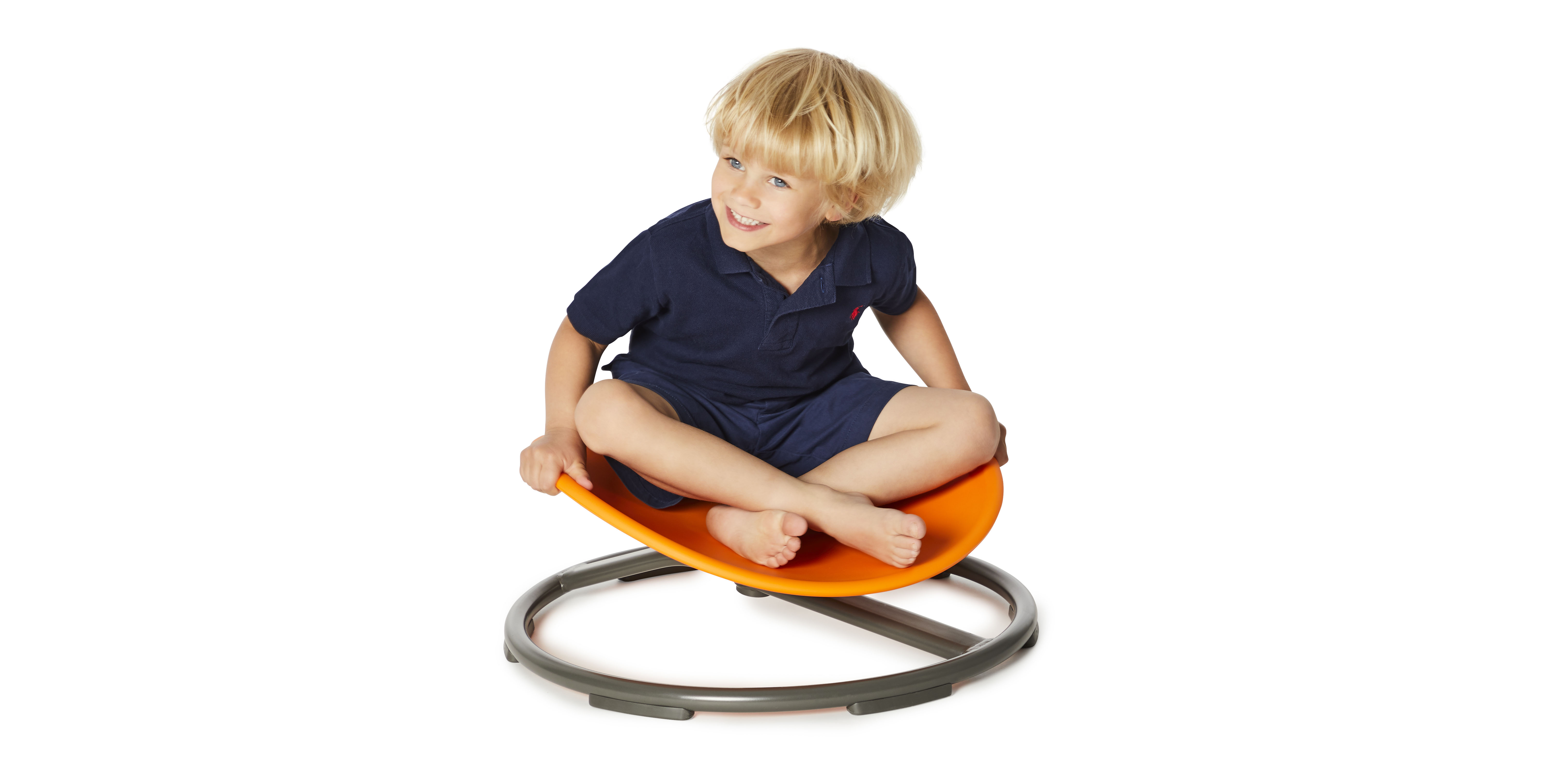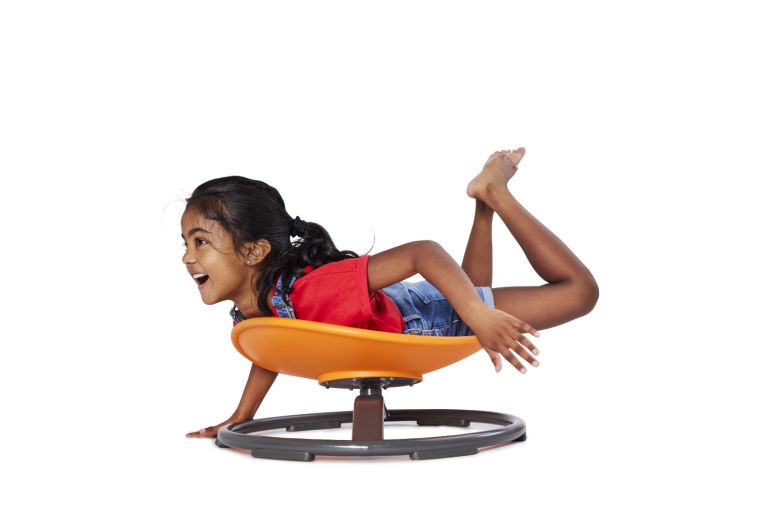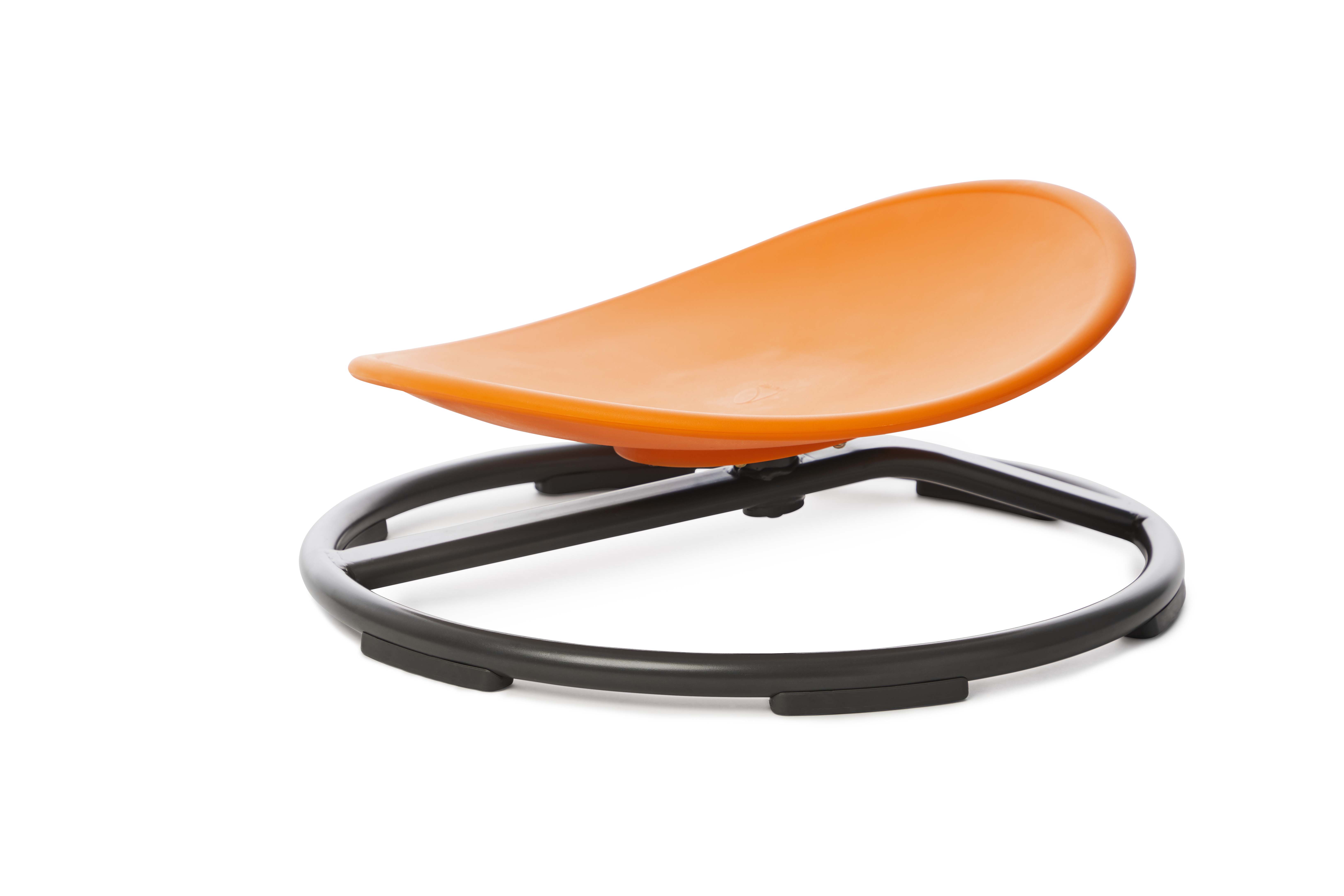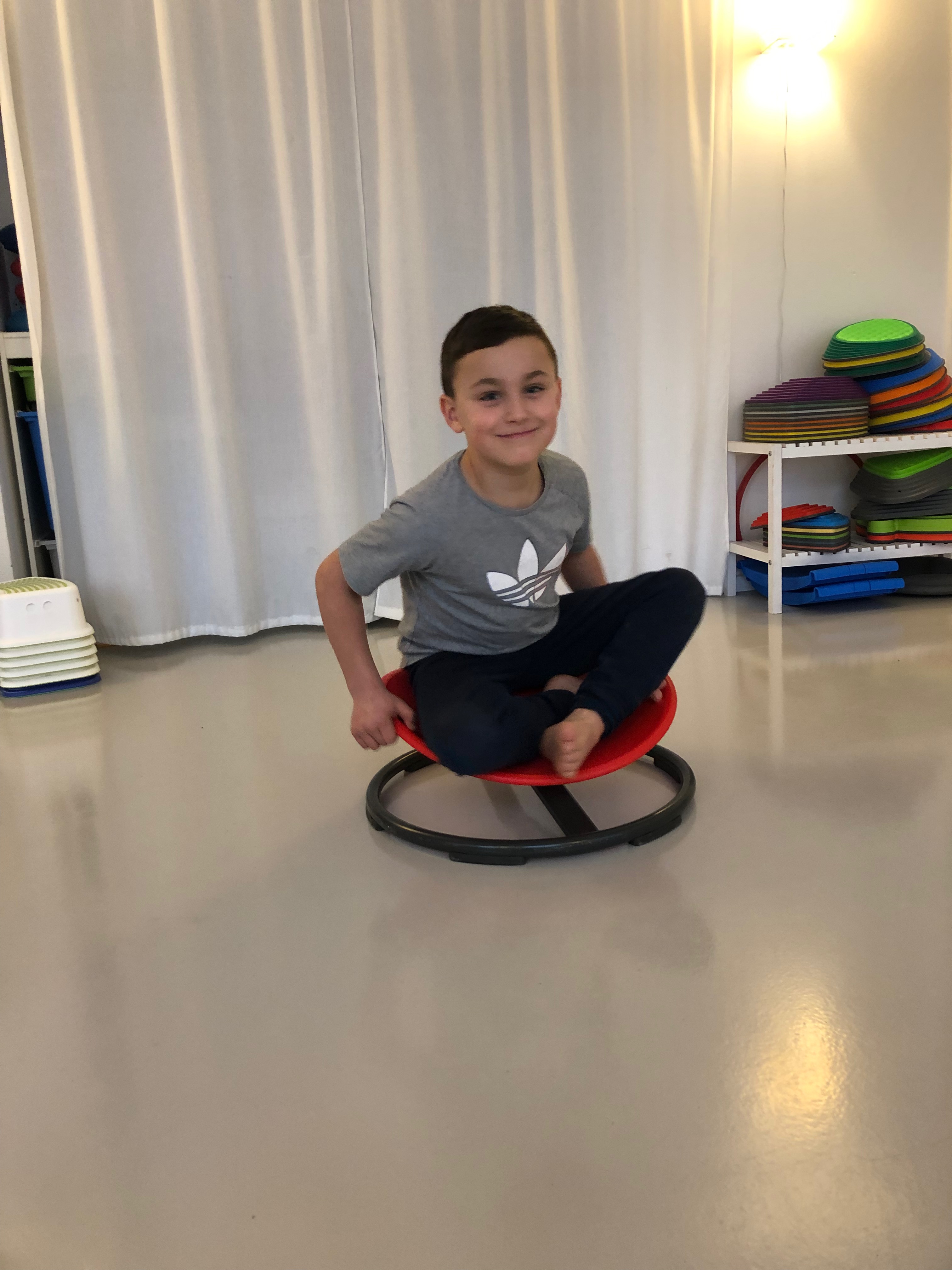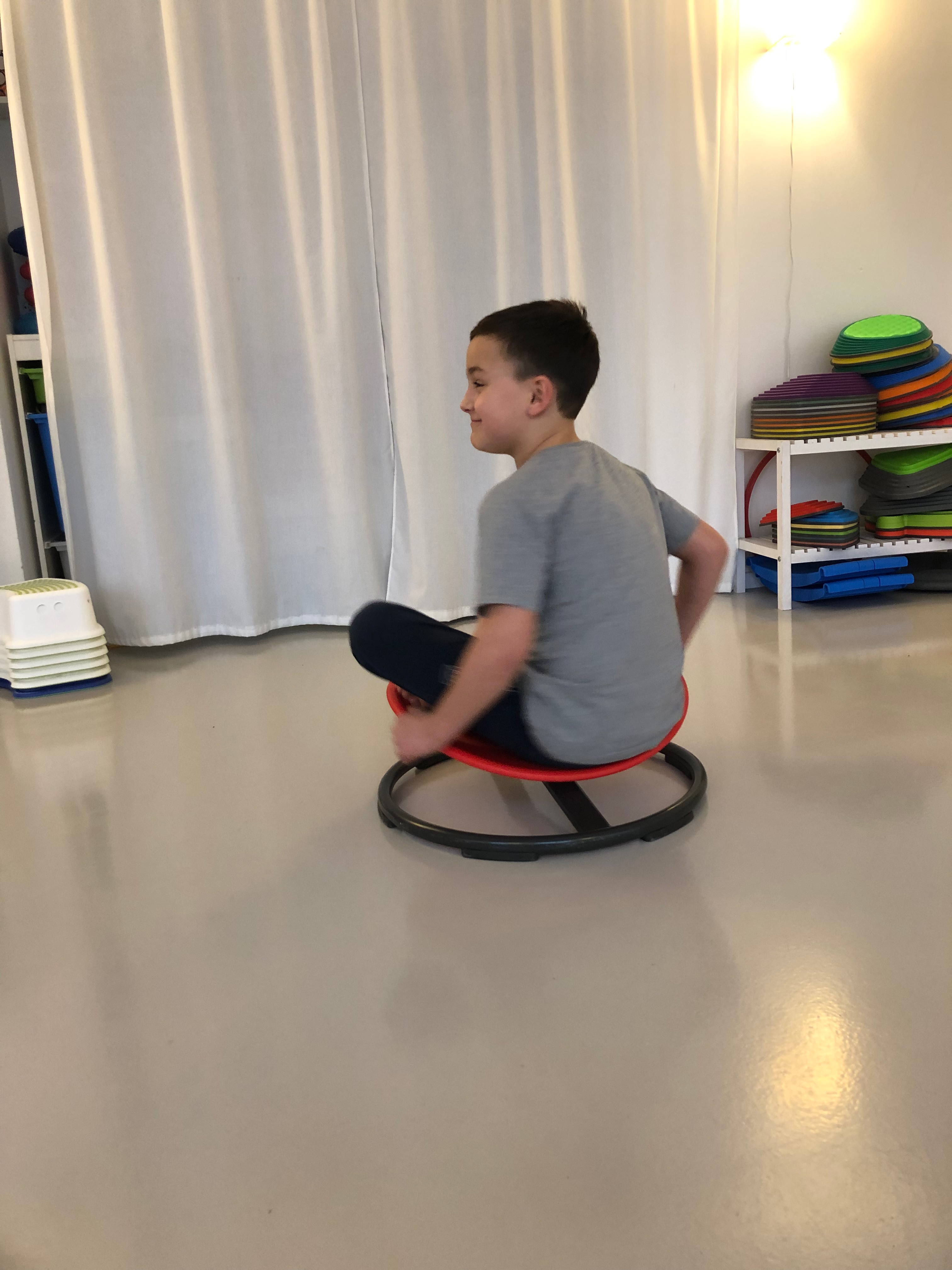CASE
Ben is a boy of 8. His parents contact me because they find that he tends to collapse easily, and does not always listen. Not because he’s naughty or distracted, he simply seems to be sluggish and floppy. His teachers tell the same story. Ben often leans over the table, has to have things repeated and seems tired and listless in class.
He livens up during the breaks, is active and happy in the playground, playing with the other children. He gets enough sleep at night and sleeps well.
I examine Ben in the clinic. I can feel from his muscles that the tone is lower than normal. His parents say that he‘s always felt like that, with soft muscles. He was difficult to carry as a baby, because he simply lay limp in their arms. He did not use his arms and legs to cling on like a baby monkey, they simply hung down like spaghetti.
In movement and when active, Ben is good at using his body, but has a tendency to run flat-footed. He cannot regulate his strength when hopping and often jumps higher than necessary, landing hard. When Ben shakes hands, his grip is either far too soft or far too hard. These are symptoms of him finding it hard to regulate his muscle tone to achieve sufficient quality of movement.
Because Ben enjoys and is good at using his body, I’m able to tell his parents that I’m not worried about his low muscle tone. Ben needs more activity during the day than other children. He needs stimulus to get better at waking up muscles and brain.
We set up a programme with daily boisterous play with lots of pushing and pulling, in which Ben spins round and boosts his muscle tension. I recommend that Ben starts some form of sport as a hobby, and takes part in more physical activities, such as going for walks or a trip to the playground. Ben loves spinning round on the Carousel, and can use it without the help of others. In other words, Ben is in control, and gets the stimulation he feels he wants on the Carousel. Stimulation boosts the muscle tone of the whole body, and Ben soon makes a habit of taking a spin just before sedentary activity, which requires long-term muscle tone in the body. He quickly finds it easier to sit at the dinner table if he takes a spin on the Carousel just before.
At school, Ben is allowed to stand at a high table instead of sitting down through a lesson. The teachers have generally become more aware that children should not sit still for too long at a time, and short motoric skill activities are built into lessons. Ben can gradually be seen to become more alert and finds it easier to maintain a seated position. After one year, I hear from the family that they stuck to their new habits. As did his school, and Ben has become much better at keeping up in class. Everyone has profited from the new initiatives in class and within the family.
